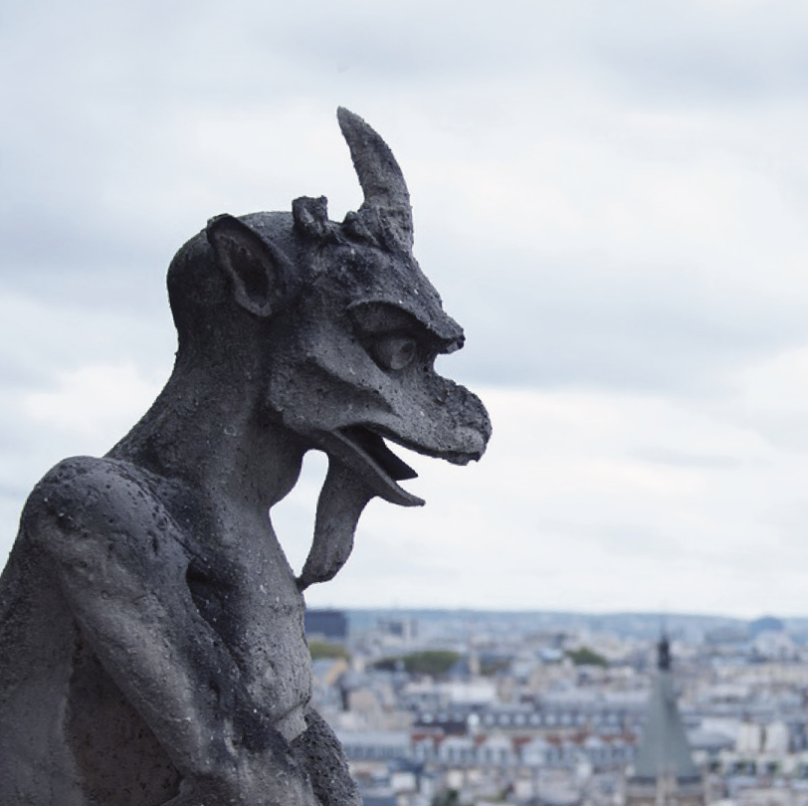How we saw the world changed.
The Gods were no longer in charge.
Yet it was during the languid summer of 1654 and the correspondence of two French arithmeticians that helped refine the concept of probability, later forming the basis of risk management. Blaise Pascal and Pierre de Fermat altered our way of thinking about the future.
The late 1960s saw the US State Department and the CIA ask two university professors to undertake a unique task: to assign probabilities to the potential decisions of country officials ahead of high-level meetings in Washington. The professors already had their models – it was the application that was key.
Success was achieved. It was the dawn of the Behavioral Revolution, and the models were the first methodical and practical effort at geopolitical risk assessment and forecasting, and a unique extension to the literature that sought to systematize and quantify its subject matter.
This was the genesis of PRS.


From that beginning, our quest to quantify political risk and make it relevant to a range of interests has continued.
As our risk models were refined, the metrics expanded, our firm emerged as the first commercial entity to position itself as the principal actor in this burgeoning field.
Print and television appearances came alongside gaining interest in our work by the academicians. Independent back-testing occurred, and the results published in scholarly journals.
Our accuracy was widely acknowledged.

The Iranian Revolution saw a large-scale expropriation of Western assets, making our data and forecasts even more relevant. The International Country Risk Guide (ICRG) offered a way of quantifying the probability of a range of geopolitical risks, from expropriation to social turmoil, capital repatriation, to terrorism. Transnational firms could now plan more effectively, manage their assets more judiciously.
Throughout the 1980s and 1990s the firm grew in stature and clientele. We passed through Black Friday and later aided investors venturing into the then relatively unknown world of emerging markets.
By the mid-90s, our risk data continued to be empirically tested, with remarkable results.
Just two years prior to the Asian financial crisis our metrics were found to be linked to equity returns in emerging markets. Investors could also use our data to construct portfolios that returned 25% annually, with less risk and less volatility.
No other firm has accomplished this task — then and now.

In addition to scholarly writings, Barron’s, The Financial Times, and the Wall Street Journal have taken notice of our work and, with it, millions of readers, and investors.
At the outset of the new millennium, terrorism entered center stage of world affairs. Our risk metrics were able to form an assessment of the likelihood of future extremism not found anywhere else.
Later, our government stability and liquidity ratios helped guide our clients through the Financial Crisis of 2007-08. Our metrics affecting various socioeconomic conditions, internal turmoil, and democratic responsiveness put us ahead of all others, as we warned clients of the Arab Spring months before the first signs of instability in the Middle East reared its head.
By the next decade, our quant-driven data series had been fully incorporated into the mainstream of Artificial Intelligence, machine learning, ESG and impact investing. Our data revealed interesting relationships between and among risk metrics and were successfully integrated into trading and portfolio management systems.
We’ve been through crises many times. The future is clearer than assumed.
As we now adjust to a growing menu of geopolitical risks, from expanding regional conflicts and altered supply chain routes, to uncertain election outcomes and shifting government regulations, the need for reliable, independently back tested data is now more important than ever.
